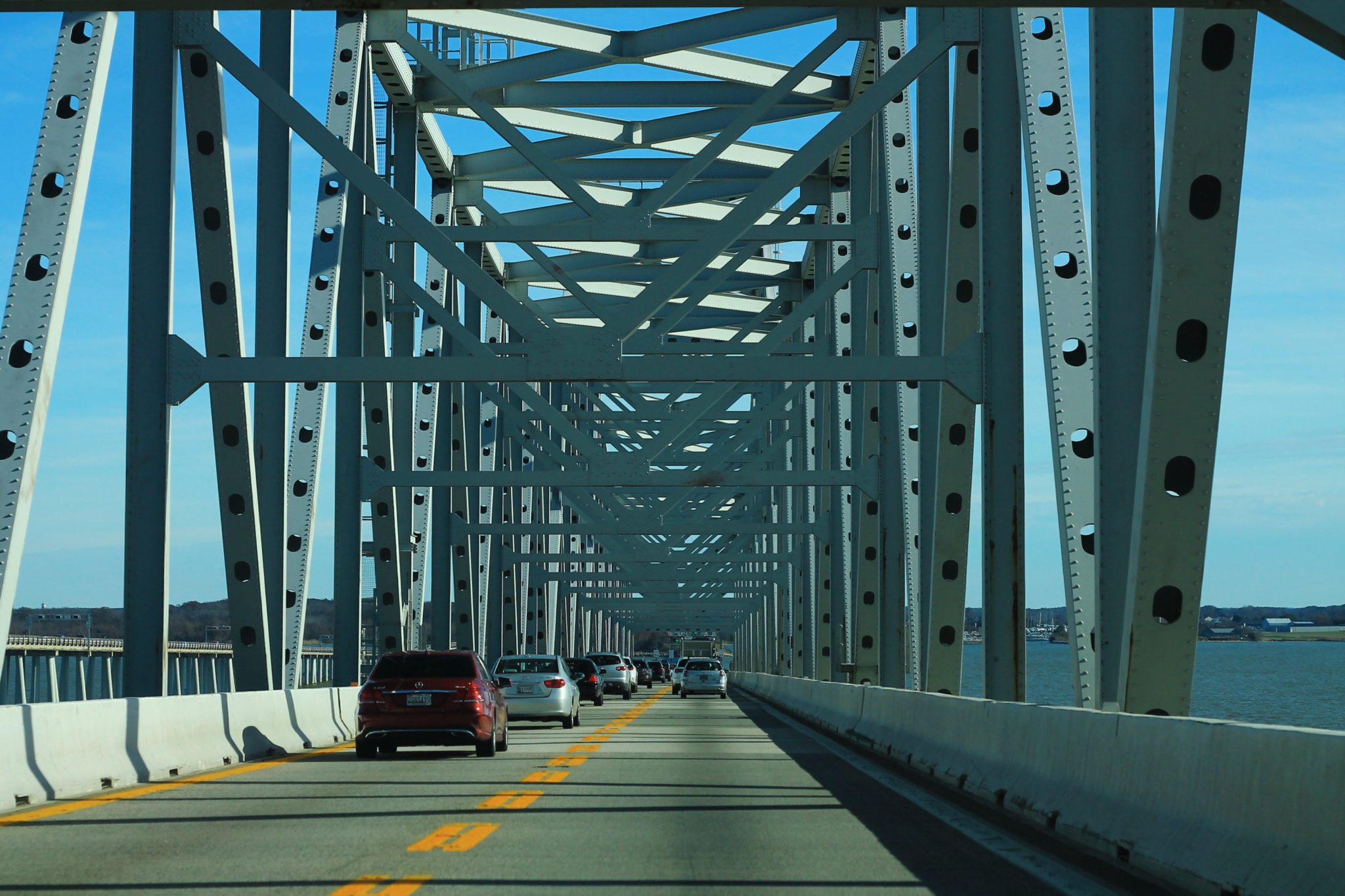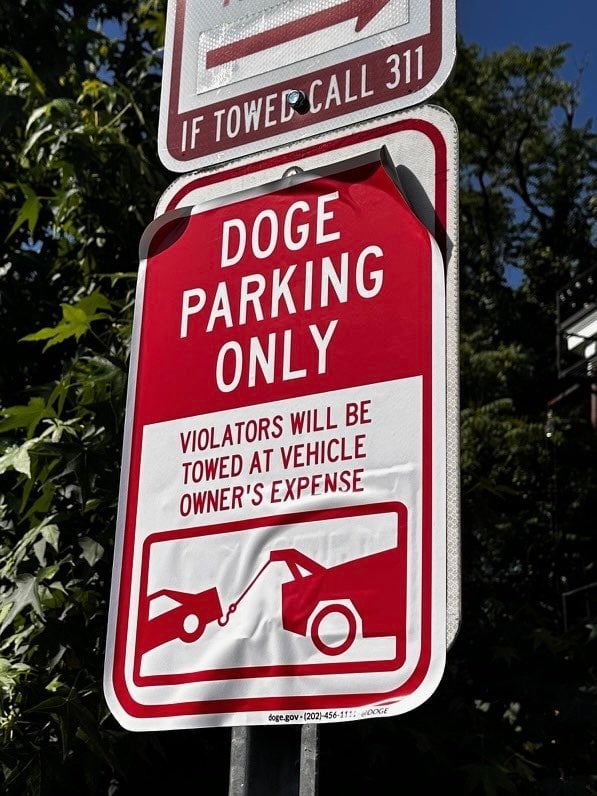It’s been nearly two weeks since the Francis Scott Key Bridge in Baltimore collapsed, stoking the terror of those who suffer from gephyrophobia, a fear of bridges. But there’s another Maryland bridge that has long been a source of anxiety for many travelers: the Chesapeake Bay Bridge.
Fearful drivers don’t have to maneuver the Bay Bridge on their own—or find a way to avoid it completely. For over two decades, bridge drive-over service Kent Island Express has been taking over the wheel to make the crossing.
For $40 in cash or $50 in credit, a Kent Island Express driver will meet you before the bridge entrance, get in the driver’s seat, and take you over the bridge. Principal owner Steven Eskew says the service averages about 12 to 15 riders per day, including regular customers such as a man who uses the service twice a day, five days a week. Since the collapse of the Francis Scott Key Bridge, Eskew says he’s received around a 10 to 15% increase in requests.
“[Many drivers] don’t like the bridge because of the height, because it turns. They also don’t like that as they go up the bridge, they feel like they are going off the edge of it,” says Eskew. “I’ve coined this the ‘Christopher Columbus fear’ because you can’t see the crest when going over.”
According to Eskew, most customers opt to sit in the passenger seat. For particularly frightened passengers, the service offers sleep masks, made by Eskew’s wife. Each comes with a cheeky slogan such as “I hate this bridge” and “Fuck that bridge.”

For those suffering from gephyrophobia, drive-over services provide a quick fix, but they are far from a cure. Texas-based anxiety treatment specialist Steve Reed has been treating conditions such as PTSD for nearly 25 years, working with patients across the country, including DC. He says 90% of his work is now centered around treating phobias such as gephyrophobia. When it comes to a bridge phobia, Reed is skeptical about drive-over services as a long term solution.
“That’s creative avoidance, it’s a crutch,” Reed said. “Avoidance makes phobias worse. It may serve the purpose of getting them to work, but it will not serve the purpose of helping them get over the phobia.”
According to Reed, gephyrophobia hits when two conditions are present: sleep loss and the onset of overwhelming stress. A bridge phobia can come as a result of a combination of other phobias, including a fear of water (aquaphobia), fear of heights (acrophobia), fear of driving (vehophobia), and fear of enclosed spaces (claustrophobia). To conquer this phobia—and the Chesapeake Bay Bridge—Reed suggests seeking help outside of the car.
“I would say look for a phobia specialist,” says Reed. “I think some of those people may not be aware that there could be a form of treatment to help them resolve the phobia.”


















